Seven new works, acquired as part of the XXXII Florence Antiques Biennale, enter the collections of the Uffizi Galleries.
“Thanks to the commitment and work of the entire staff of the Uffizi Galleries, from the officials to the assistants to the staff in the rooms, we were able to make a full recovery this year that went even beyond pre-pandemic times: in July and August we had the absolute highest numbers of visitors, and thanks to the receipts we are now able to start the procedures for the purchase of a series of works here at the Biennale dell’Antiquariato. This year instead of buying an iconic work, we bought a series of works ranging from the 16th to the 20th century, from painting to sculpture,” said Uffizi Galleries Director Eike Schmidt during the presentation of the new works.
See below what they are.
Paolini’s painting presents a sophisticated allegorical theme: an elegant knight, with sword slung over his shoulder and precious armor resting on the table, holds subdued with his left hand a monstrous female figure with serpiform hair intent on eating her own heart, the personification of Envy. The Lucca artist, “a painter of great bizarreness and remarkable invention” (as the coeval historiographer Filippo Baldinucci had called him), confirms in this work his full adherence to Caravaggio’s light painting, which he frequented with keen interest during his stay in Rome.

This canvas, attributed to Lombard Francesco Cairo, is a cultured visualization of the Horatian locution “Ut pictura poesis” and depicts the female personifications of Painting and Poetry. The sensual woman in the foreground, leaning against a rock where there is a “toccalapis” (lead rod used for drawing) holds a palette with fresh colors, while the other female figure has a laurel wreath as if to crown the art of painting, and depicts Poetry granting fame to her sister art. The frayed conduction, skillful luministic layout, with deep shading and intense flashes of light, hark back to Cairo’s Neo-Venetian phase, dating from the 1730s, when the painter worked in Turin for the Savoy court.
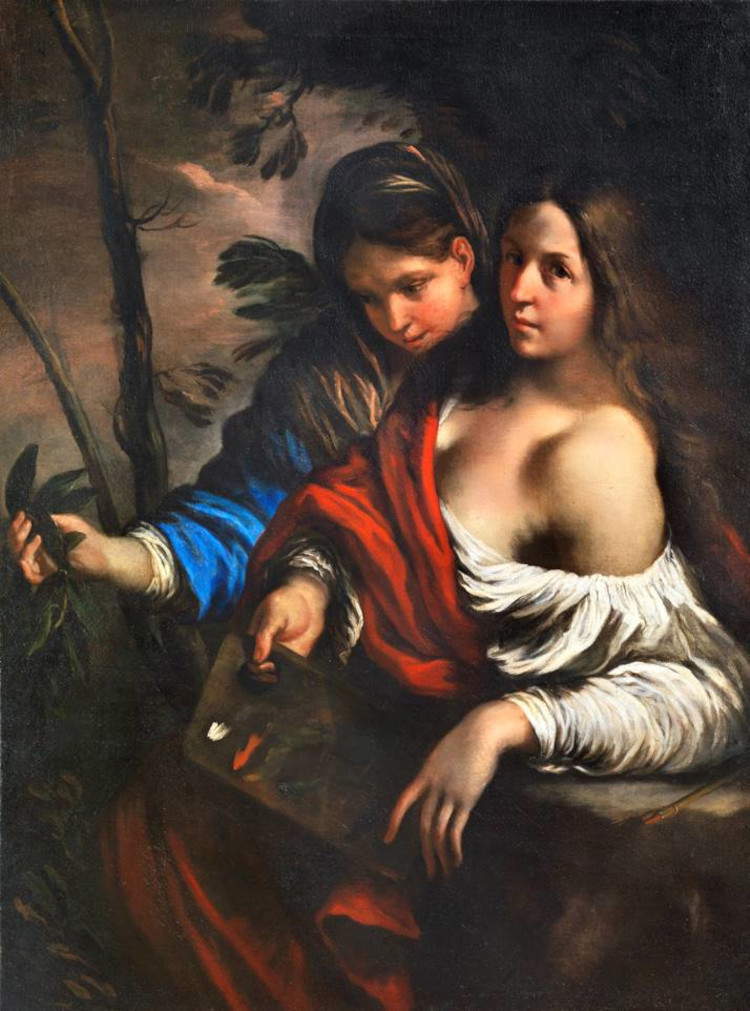
The precious bust of Grand Duke Cosimo III, made by French sculptor Jean-Baptiste Basset in Livorno in 1696, will enrich the collection of ivories in the Treasure of the Grand Dukes of the Pitti Palace, the oldest and most valuable prestigious collection in the world along with those in Dresden and Vienna. The full-round image of the young prince, strongly expressive and naturalistic, will thus be able to complement the courtly ivory medallions with the effigy of the Grand Duke, already on display in the collections of the Pitti Palace.
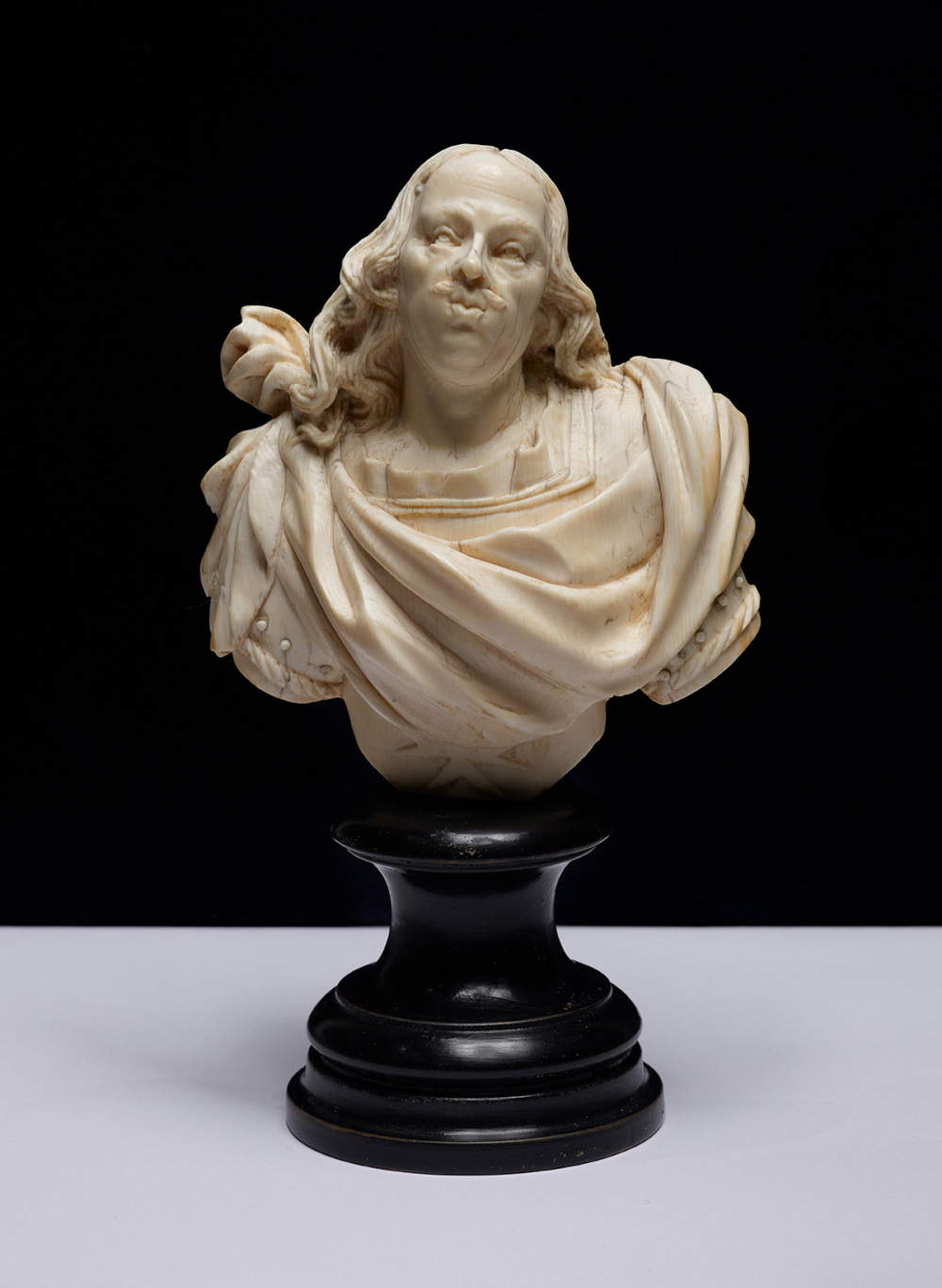
The canvas, intended for the self-portraits at the Uffizi, depicts the painter at work painting his masterpiece, the enormous Combattimento di Sommacampagna (Turin, Museo del Risorgimento). We see a glimpse into the painter’s atelier specializing in military scenes of homeland history, with a real horse and a puppet dressed as a soldier, testifying to the workshop practices of the artist, a great protagonist of the Risorgimento.
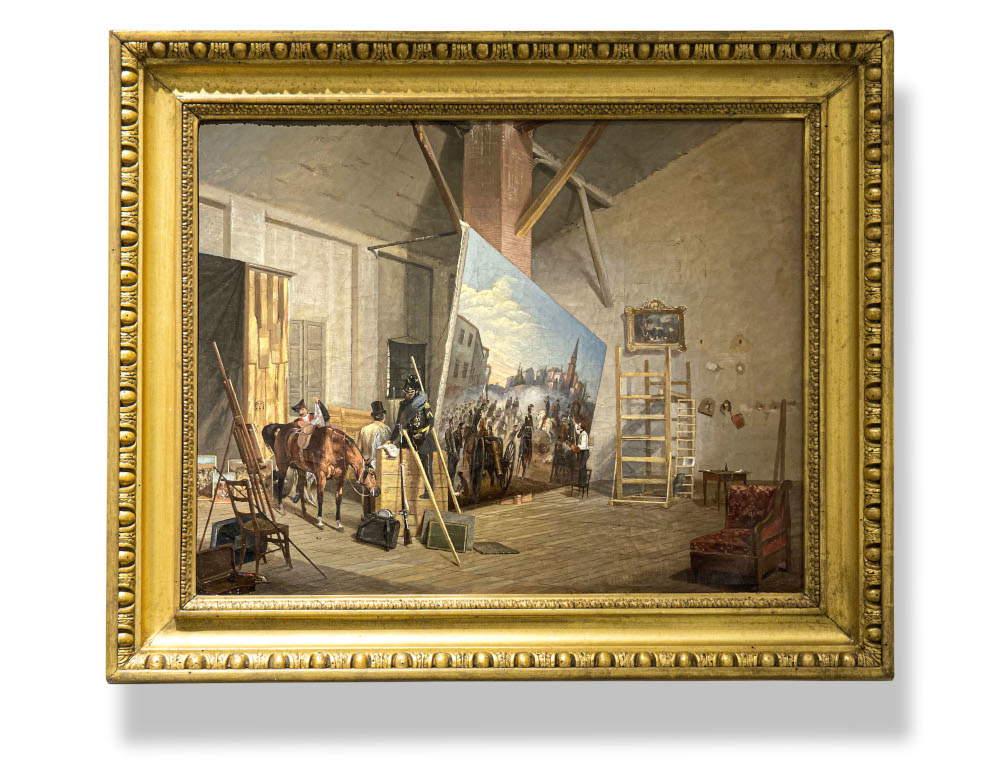
Made in 1925, this masterpiece of Ferrazzi’s early maturity declines with a modern sensibility the great tradition of the masters of 15th- and 16th-century Italy. It was exhibited the following year in New York, at the prestigious Exhibition of Modern Italian Art where it was purchased by Carl W. Hamilton, a noted collector of Italian Renaissance art, who evidently appreciated the solemn neo-Fourteenth-century synthesis of the composition and perhaps certain references to the iridescent colors of Pontormo and Rosso Fiorentino’s painting. As the title suggests, Ferrazzi here evokes the memory of a personal experience, the journey by ship he made in November 1917 to Sardinia, called there for military service. The autobiographical episode is thus transfigured, by virtue of a highly personal style where the characters, including the artist’s mother, sister and wife, move within absolute and abstract geometric spaces, of neo-primitive ancestry, capable of conveying, in the artist’s words, “reality reflected in my lyrical memory.”
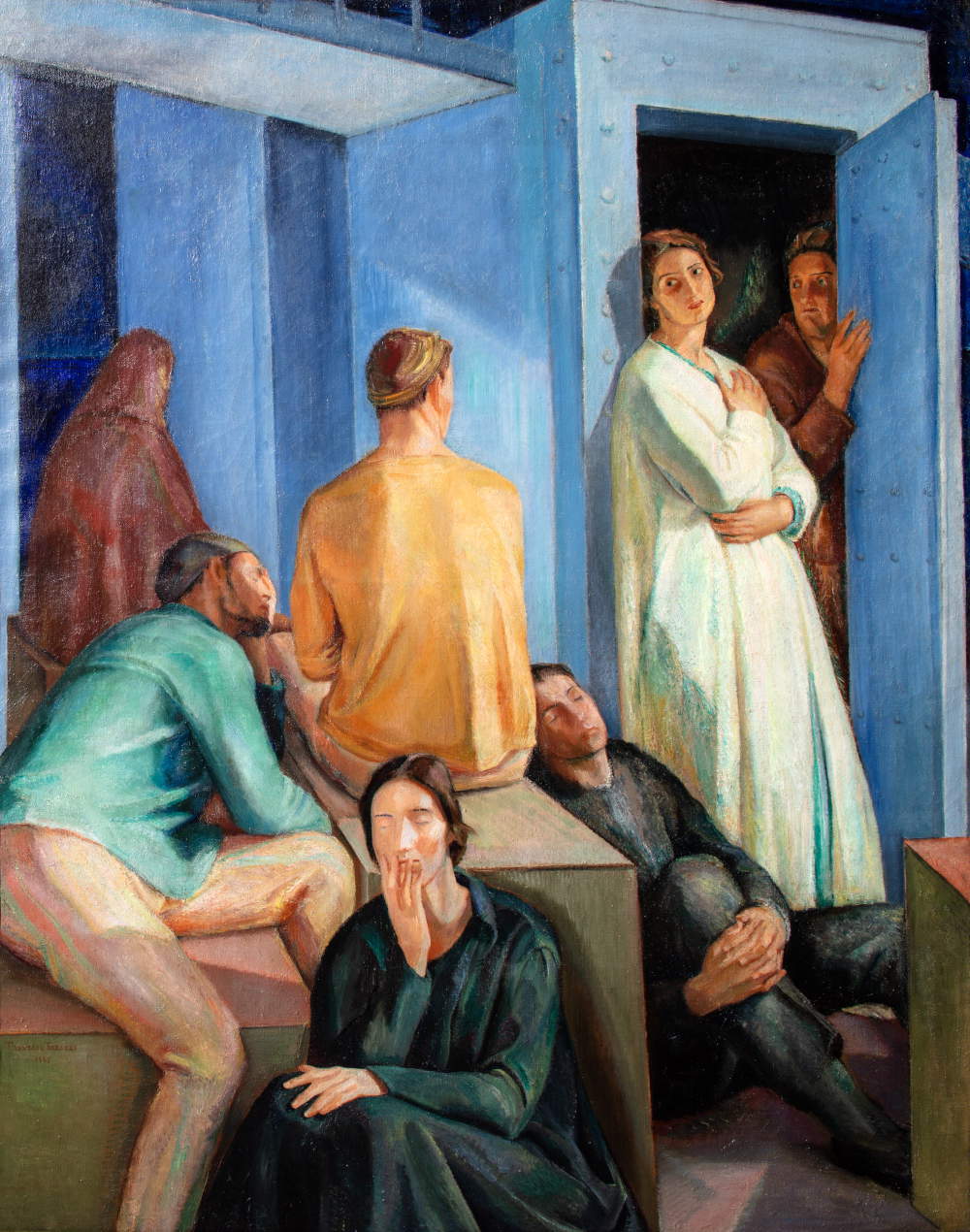
The Pieta group, made in lost wax at the Maf Foundry in Milan, is a variant of one of the bronzes that make up the four Stations of the Cross executed for the basilica of Sant’Eugenio on Via delle Belle Arti in Rome. In the wake of a renewal of Catholic culture in a humanist sense, promoted by his friend Don Giuseppe De Luca, Manzù departed from the liturgical and coldly doctrinal tradition to draw on Donatello’s great sculpture, arriving at a piece of intense and grave expressiveness. This work coincides with Manzù’s definitive consecration, in a moment that began with the award for sculpture at the 1948 Venice Biennale and culminated with the commission to execute the doors for St. Peter’s Basilica in the same 1950.
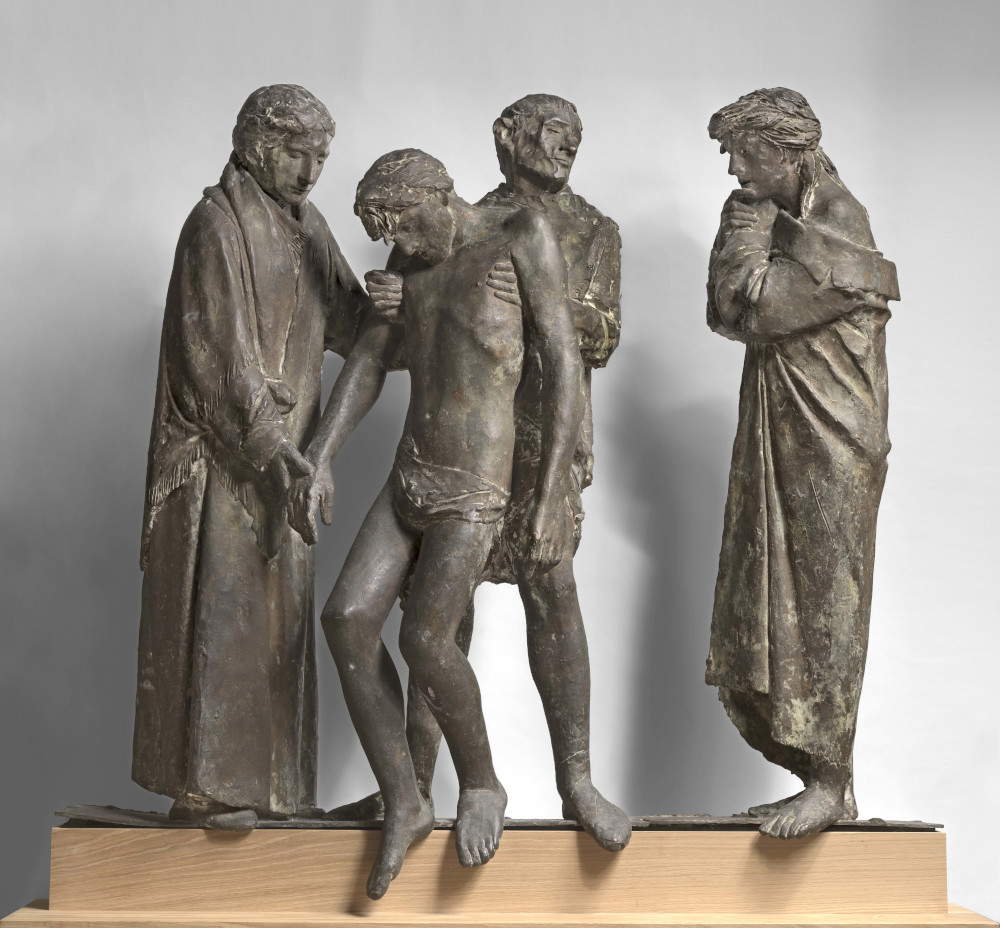
This is a sheet related to the workshop activity of Paolo Veronese, of whom Carletto Caliari is the youngest son. It can be dated to after 1588 when, on the death of his father, Carletto assumed a more important role in the management of the family business, after having worked for some years in the Bassano workshop. The drawing depicts a genre scene, studying a detail of a larger composition: probably that of the girls playing with the dog at the base of the Supper at Emmaus from the school of Paolo Veronese, in the Louvre.

 |
| BIAF, here are the new works entering the Uffizi |
Warning: the translation into English of the original Italian article was created using automatic tools. We undertake to review all articles, but we do not guarantee the total absence of inaccuracies in the translation due to the program. You can find the original by clicking on the ITA button. If you find any mistake,please contact us.